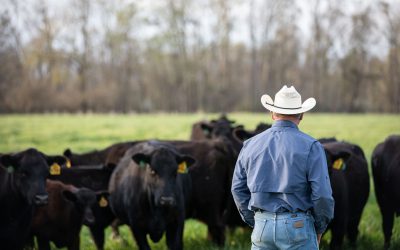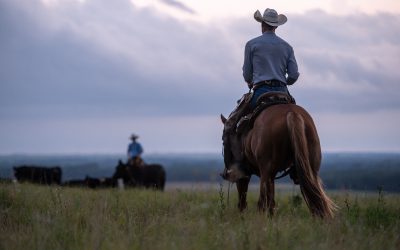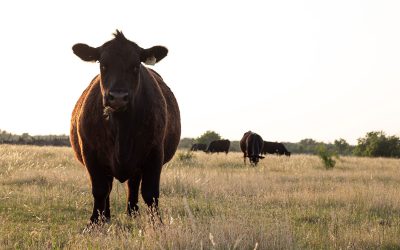
Keepers and flex cows
January 27, 2011
Hey fellow seekers,
What if you suddenly got word that there’d be room for you to run 25% more cows this year? It would probably be all about inventory, anything that would count as a cow. So it was for me when I was in that position several years ago. Cows that should have been culled, not going to calve until 75 days into the season, again. Big cows weaning 30% of their weight. Ornery cows that learned too many tricks over the last year. They all got a reprieve.
I tried to keep one set of better cows together, but I kept heifers out of the lower-end cows, too, because I needed more numbers. A few years before that, still kind of getting started, I bought a semi-load at an ironically named Special Cow Sale too far from home. Decided not to try that again. Better the devil cows I knew than the devil cows I did not know. In retrospect, I wish I had bought half as many cows but with records from a known quality source. But we weren’t as focused on quality then, just building up numbers. One winter we had 30% more cows than we could stock,but it was all part of the plan to guess the cattle cycle peak price and cull a semi-load. Pretty sure I misguessed,but at least we moved the culls out. I wrote a Black Ink column related to it in August 2000, called Keep Ahead of the Game.
What we have left is pretty good, all worthy of long-term identification, like the freeze branding last weekend.
Anyway, a lot of people who run cows are more worried they might suddenly find out there’ll be room for 25% fewer cows this year. Anyone who rents grass can lose it, and sometimes on short notice. Just worrying about it is enough to make otherwise conservative folks shell out $8,000 or $10,000 per animal unit so at least some of the herd can graze on owned land. The price of cattle today is bound to drive rents higher, too.
So what would you do? With the records and ID system to find the bottom 25%, the price of cattle and inputs today make it an ideal time to find the ones making the least profit. Then, even if you may not have to sell them now, you can be ready to sell some as pairs if there”s a drought (of precipitation or cash), to make sure your best ones have all they need while the pasture builds a little stockpile. Notice that as we think about culling, it’s all about keeping highest quality in what remains.
Until next time… let’s aim for profit, target the brand and build tomorrow together.
~Steve
You may also like
Progress from small steps
Every day is a chance to learn and get better. Thousands of others like my new friends in Alabama are taking steps to meet the shifts in consumer demand, and to know more. Small steps in the right direction can start now. Even if it’s just recording a snapshot of where you are today, a benchmark for tomorrow.
Not perfect, but working to get better
The CAB Cattleman Connection team heard its name called more than once in the virtual ceremonies, and each time came a sense of personal accomplishment, but even better: confirmation that we’re getting better at our craft. I hope that means we’re doing a better job for you.
Beefed up findings
Frank Mitloehner presents his findings on the animal ag sector’s impact on global warming. He explains how cattle counterbalance other fossil fuel sectors, proving that cattle are a solution and not a threat.



